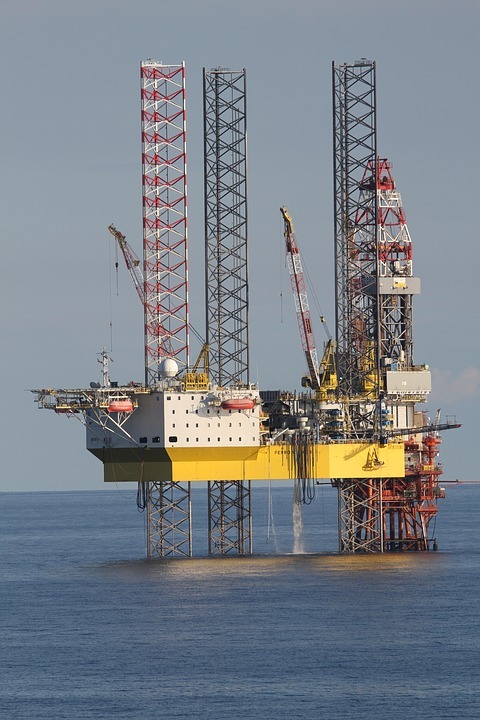It is a pretty straightforward process when you work on a project that involves making water wells. What you need to do is take advantage of reliable drilling rigs to dig deep into the earth. It has to be deep enough to reach the water table below the ground. Then, upon reaching it, with the help of several pipes and a pump, you can draw water up from your water well.
Of course, it is easier said than done, and there could be a little more work than anticipated. But when you look at it on a deeper level, digging for a water well is akin to geothermal good drilling. In that, where is all the confusion about the latter coming from?

Defining What Geothermal is All About
Geothermal energy can be utilized for heating and cooling purposes. What it uses to achieve this purpose is the natural and consistent temperature of the earth, which is right under the ground.
Depending on what needs to get done, it can be used in heating up your office, home, or business establishment during the cold months of the year. You can also use it to cool down your space during summer.
With geothermal, what you can do with the heat is just move it. You can’t possibly generate heat of that magnitude. The temperature of the earth’s crust is consistently 55 degrees, throughout the year. Geothermal heating allows us to harness that temperature by moving it into and around your home.
Advantages of Geothermal
In more ways than we know, geothermal cooling and heating systems are making traditional HVAC alternative trails behind them. Since we are tapping into the earth’s natural energy and are not putting the environment in harm’s way, we can say that geothermal is eco-friendly. With that, it takes out of the equation the need to burn fuel of whatever kind and form.
Besides, geothermal is also affordable. In fact, if you compare it to natural gas to operate, it would often cost less. They are also the power of choice because they are reliable, efficient, quiet, and most importantly, low-maintenance.
How Does Geothermal Work?
Moving heat seems like easy work to do, but it requires several pieces of equipment to get the job done right. Otherwise, it will just be a futile effort with no desirable results to produce. The whole system is referred to as a “loop”. There are 2 common types of loops — open and closed.
The open-loop system would be relying on 2 wells. One of which would act as a supply well while the other would serve as a return well. Its main delegation is to circulate water through the piping system that exists between the two.

The water solution, in a closed-loop system, is always inside the pipe system. It would circulate everywhere around your home’s ventilation system.
How is Geothermal Drilling Going to Fare in the Future?
At the current rate of things going for this industry, it is ready now to embrace better and new technologies. It is because, overall, this industry, in its entirety, has remained relatively immature all these years.
Speed of transfer and data acquisition will set the stage for formulating better and more informed decisions. This will lead the way for reduced NPT and full automation, even when this one is still, to a certain extent, way off
When it comes to hole geometries, it tends to become even more and more complex, allowing for better access to resources sans the need to move the rig continuously.
It will also make way for better management of resources, and thus extend the expected service life of every single well drilled. It is not like other resources, climate changes will not hurt the production of energy.
We can also have high hopes in the sprouting of new and better materials for use within the process of drilling for a well. This will lay the needed groundwork for much deeper wells and smaller drilling rigs.


